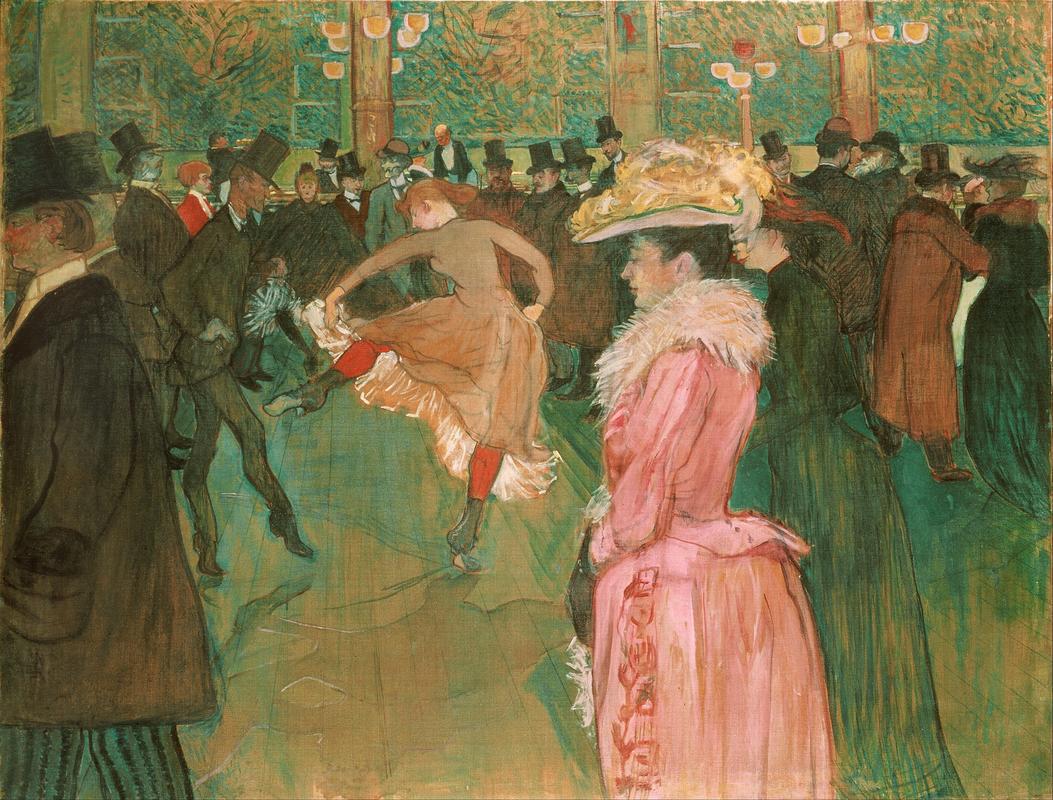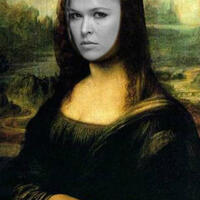More about At the Moulin Rouge: The Dance

Contributor
Have we regressed as a culture? Once upon a time in the Moulin Rouge, women were all about busting out the can-can in elegant, flowing dresses.
Today we seem to have more of an affinity towards twerking in booty shorts. Don’t get me wrong; I love a badonkadonk as much as the next person, but the moves that Henri Toulouse-Lautrec captured in his paintings represent a special era of female liberation and empowerment. Twerking on the other hand, may be a byproduct of a world obsessed with instant gratification; I mean, have the days of tantalizing others with class and wit gone out the window? Call me old school, but I’ll take the woman who can rock a frilly dress and awe me with her high kick any day.
Back in the late 19th century, everyone liked to get down! Here we see aristocrat and wine trader Jacques Renaudin learning how to dance the infamous can-can. When he wasn’t being a pretentious sommelier by day, he was dancing at the Moulin Rouge under the pseudonym Valentin le Desosse, which ultimately bagged him the nickname Valentin the Boneless because of his uncanny ability to bend and contort his body into crazy positions.
Here he is dancing with his favorite lady and cabaret dancer, La Goulue or “The Glutton.” She was the inventor of the can-can, the highest paid entertainer of her day, and had a penchant for stealing men’s drinks and flashing a titty from time to time while she was dancing. This sort of scandalous behavior helped change the repression of women in popular culture. Bye bye corset, hello nip slips! Needless to say, the world would never be the same.
Toulouse-Lautrec was a regular at the Moulin Rouge and painted scenes from the club on the reg. The owners of the Moulin Rouge loved this painting so much that they bought it and hung it over the bar. In fact, the club was so found of Toulouse-Lautrec’s work that they commissioned him to do the advertisements and adorned the walls with many other pieces from his portfolio.
Featured Content
Here is what Wikipedia says about At the Moulin Rouge, The Dance
At the Moulin Rouge, the Dance is an oil-on-canvas painted by French artist Henri de Toulouse-Lautrec. It was painted in 1890, and is the second of a number of graphic paintings by Toulouse-Lautrec depicting the Moulin Rouge cabaret built in Paris in 1889. It portrays two dancers dancing the can-can in the middle of the crowded dance hall. A recently discovered inscription by Toulouse-Lautrec on the back of the painting reads: "The instruction of the new ones by Valentine the Boneless." This means that the man to the left of the woman dancing is Valentin le désossé, a well-known dancer at the Moulin Rouge, and he is teaching the newest addition to the cabaret. To the right is a mysterious aristocratic woman in pink. The background also features many aristocratic people such as poet Edward Yeats, the club owner and even Toulouse-Lautrec's father. The work is currently displayed at the Philadelphia Art Museum.
Check out the full Wikipedia article about At the Moulin Rouge, The Dance














